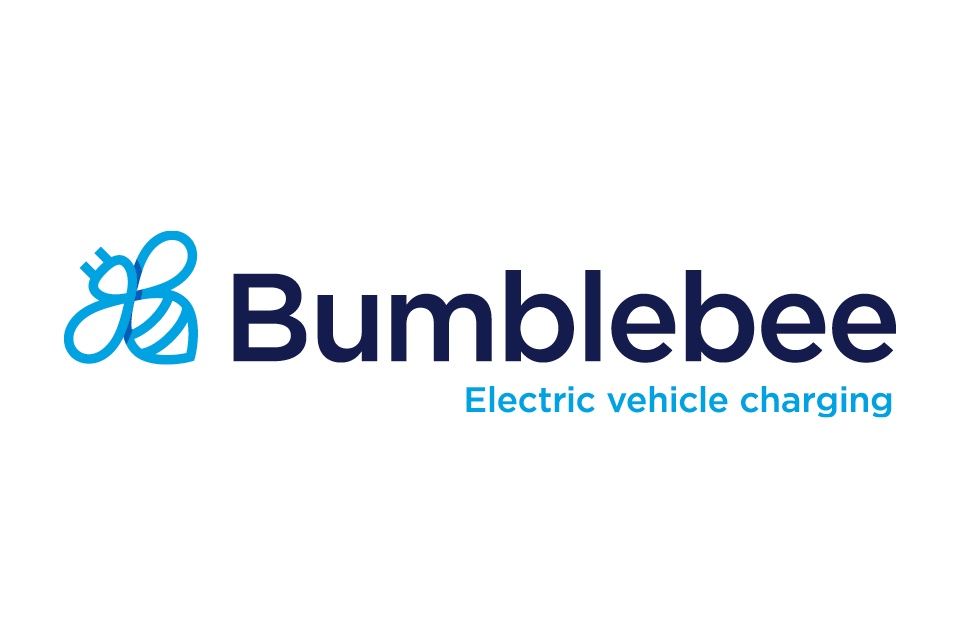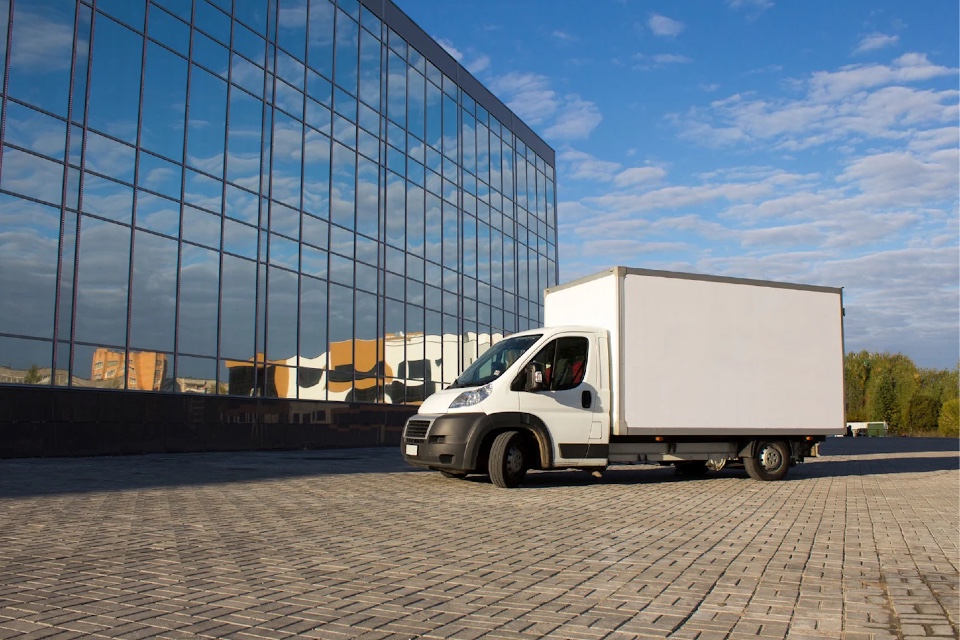By Serge Schamschula, Head of Ecosystem at Transporeon, A Trimble Company
It is fair to say that the EU has certainly been in full ‘green mode’ in recent years, with the aim to reduce net greenhouse gas emissions by at least 55% by 2030. And, in its bid to meet this ambitious, long-term environmental and climate goal, they have published a raft of sustainability regulations and guidance.
An example of one of these regulations affecting the logistics and transportation sectors is the Greening Freight Package, launched in June 2023. This package contains a number of measures – including the CountEmissions EU chapter, which creates a common methodology for measuring door-to-door greenhouse gas emissions and, in turn, requires an enhanced focus on sustainability reporting. For shippers, carriers and logistics service providers alike, compliance requires three things – data, data and yet more data. Serge Schamschula, Head of Ecosystem at Transporeon (A Trimble Company) explores this further.
What does this mean for the logistics industry?
The EU is aiming to enhance supply chain transparency and equip all stakeholders with sustainability data to factor into their decision-making processes. When it comes to sustainability, being data-driven is crucial. For instance, large investments within hydrogen, autonomous vehicles and exhaust heat recovery are just three decarbonisation measures that we see touted as ‘innovative’ and ‘industry-leading’. But these have limited tangible impact on lowering emissions – at least in the short term.
When it comes to sustainability, it’s crucial to look below the surface. Headline-grabbing decarbonisation measures aren’t always the most effective. And the only way to sort the wheat from the chaff is through accurate, in-depth data and reporting.
Scope one, two and three emissions reporting
The Greenhouse Gas Protocol (a global, standardised framework) stipulates that emissions fall into three categories – scope one, two and three.
Scope one emissions originate from a company’s owned assets, like the fossil fuels burned by their own fleet of trucks. Scope two includes indirect emissions from purchased energy generated offsite, like the electricity used to charge electric vehicles. Lastly, scope three includes all other indirect emissions from a company’s upstream and downstream value chain. It’s by far the largest source of emissions for most organisations – more than 70% of their entire footprint on average. For instance, the services of a carrier or logistics service provider would fall under their clients’ scope three emissions.
Until now, most EU companies have only reported on scope one and two – just a third measure their scope three emissions. But, due to the Corporate Sustainability Reporting Directive, this is changing in the 2024 financial year. Under the proposed value chain sustainability reporting, companies will also be required to report on scope three, as well as their reduction targets and progress for reports published in 2025.
What does this mean for shippers, carriers and logistics service providers?
As scope three reporting is due to become the norm, we’ll likely see end-user customers pressuring shippers to decarbonise. Why? Customers will want to reduce their own scope three emissions, while preserving their reputations among increasingly environmentally savvy consumers.
Similarly, the services of carriers and logistics service providers are often a considerable source of scope three emissions for shippers. Since they’ll also be under more pressure to account for and reduce their emissions, they too will prioritise sustainability by voting with their wallets. This could mean contracting carriers based on their sustainability practices, offering longer freight contracts to carriers with lower carbon emissions or even paying a premium for lower carbon transport.
All this demonstrates that implementing a robust decarbonisation plan and accurate process for reporting emissions isn’t just the ecologically sound path. It makes smart business sense.
Reducing emissions – two parallel paths
In Europe, the vast majority of freight is still transported by road. When it comes to road freight, there are several routes to decarbonisation. One route is to improve the efficiency of vehicles and another is to boost the efficiency of transport logistics operations.
Obviously, a combination of both is needed for successful long-term decarbonisation. But EV and hydrogen technologies are still relatively immature, and require substantial infrastructure investment. Meanwhile, digital solutions to drive efficiency can be implemented now at marginal cost and with hardly any upfront investment. So, it makes sense for shippers and carriers to first ensure their operations are as efficient as possible. This means reducing empty mileage, tackling unnecessary dwell times and optimising operations in the yard – that integral inflexion point between the road and the warehouse. And of course, shippers and carriers should look at how to combine multiple transport modes intelligently to minimise carbon emissions.
How can companies ensure they’re making the right decisions?
To ensure companies are making smart decisions on decarbonisation – and to level up its reporting capabilities – shippers, carriers and logistics service providers will need to rely on technology. Although, this seems to be a big leap for many businesses. Transporeon’s 2024 Transportation Pulse Report revealed that 60% of carriers and shippers named AI as their top concern shaping supply chain management in the next five years.
To ensure accuracy, companies will need to rely on sensor-based (mostly telematics) data – also known as primary data. In recent years, the industry precisely measured 20% of its emissions – scope one and two – using this kind of sensor data. But it falls short on calculating scope three – the remaining 80% – with the same level of precision. With the automation and data analytics capabilities of a smart transportation management platform, companies should be able to solve this problem.
Given the abundance of data points involved in sustainability reporting, companies can further enhance accuracy and minimise employee workload by automating workflows. Similarly, sophisticated data analytics capabilities enable companies to capture real-time insights and make informed decisions throughout the process of managing transportation logistics.
But the road to decarbonisation is a long one, and there’s only so far that companies can travel alone. Adopting a ‘network’ approach is key, as it enables connected information flow between otherwise disparate companies and ensures that emissions aren’t measured in isolation from other factors. It also enables shippers, carriers and logistics service providers to work together to reduce unnecessary driving time by streamlining processes like freight sourcing, transport execution, dock scheduling, and freight matching. As the saying goes, if you want to go far, go together.
Photo by Mads Eneqvist on Unsplash









